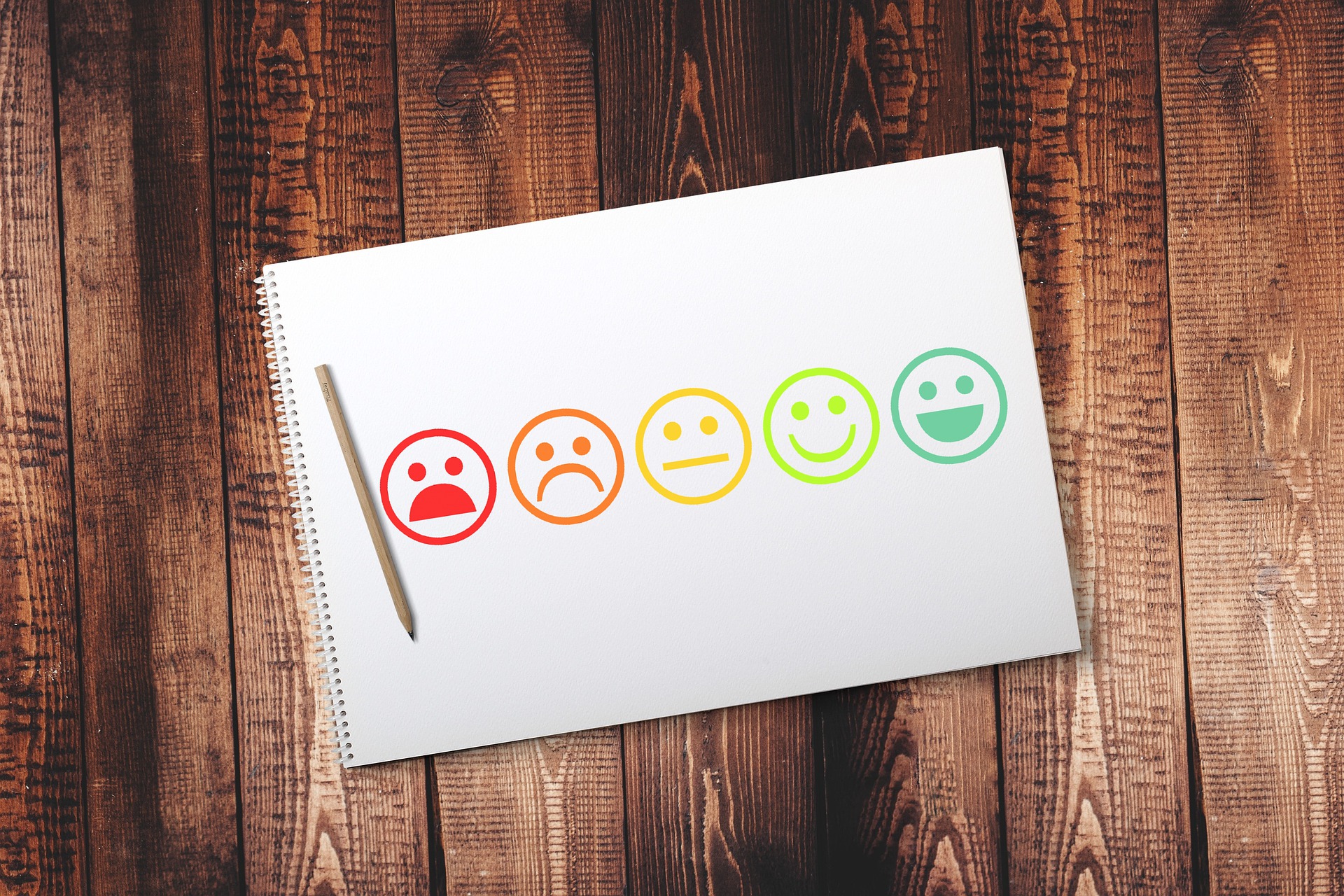The bar keeps getting higher in marketing. We know more about our customers than ever. They also have more of a say in what they want in their inbox or smartphone and what they can do without. That’s a good thing, but it’s creating a whole new playing field for marketers, one that requires brands to develop a stronger customer-first mindset.
Putting yourself in their shoes can be hard to do, especially if your customer is just as likely to be a 20-something college student in Chicago as a retiree kicking back in Key West. So, how do you become their solution? The answer comes when marketers shift their focus off of their brand and onto individual consumers. That altered mindset will allow you to adapt your campaign to a more customer-centric one.
What Is Adaptive Marketing?
If your marketing campaigns adapt to each customers’ needs by automatically adjusting to changes in their behavior or profiles, congratulations – you have officially embraced the concept of adaptive marketing. Another way to think of it is to deliver content based on information about customers and where they are in the sales process.
Many of us marketers fall somewhere in the middle. The phrase “adaptive marketing” can be a little intimidating, but it doesn’t necessarily mean reinventing the wheel. It does mean that, to achieve more success in this era, we should think continually about more creative ways to use that data we’ve been collecting.
How Does Adaptive Marketing Work?
Anyone who manages company-wide customer relationships or handles lead generation can start by adjusting their mindset to one that assumes customers change their wants and needs over time. A solid second step is to tailor messages using every piece of data you have on your customers. You’re probably doing this to some extent already. It may require looking for more creative and unique ways to incorporate interests, past purchases, job titles, and other personal information in your campaigns.
More than ever, consumers want to trust the brands that take their money. Even small adjustments can effectively convey an organization or brand is the solution to their customers’ wants and needs. Gestures like rewarding long-term loyalty can express empathy to a broad swath of people, particularly in a time of social or economic need.
How to Adapt Your Next Campaign
Pay attention to the nuances in your messaging. People can be unforgiving when they receive something unwanted, but they may also welcome the effort that was put into a given campaign. Sometimes the tone alone will make a significant number of recipients feel that something is targeted for them. With digital engagement as the main mode of customer interaction, these types of adjustments can often take place online and on social media.
In your next campaign, consider incorporating some of these customer-centric tactics:
Communicate within your organization. Find out how people in sales, customer service, and other departments view the customer. This may deepen your understanding of who they are so you can deliver more tailored and personalized content.
Identify their needs. With B2B customers, this means not just thinking about your customers, but about their customers, or employees, or other stakeholders they interact with in a meaningful way.
Time your messages. Look for ways to better time the content in your marketing and social media campaigns. A difference of a few days or even hours can get a different reaction from the same person. You want to get to the right person at the right time.
Offer high quality tools. Does your marketing truly provide ways to help your target audience? Try to imagine helpful tools, services, or even creative ideas that will help customers have success in their role.
Segment your messaging. Craft your messages by group using information like geography and how long the consumer has had a connection to the brand.
Avoid poorly targeted messaging. This may sound like a no-brainer, but targets quickly opt out of anything that comes across as irrelevant, unnecessary, or worse. If you’re not creating engagement and conversions, then what’s the point?
Adapt. Set your system up to shift users automatically to a more appropriate group based on their behavior or new information.
We all want to be a part of the conversation when it matters. Are you set up to participate in real-time messaging for distinct audience segments? Some organizations may find they need new tools that will allow them to collect better insights – including from conversations customers are having online – to make any meaningful transition.
Purchase paths are becoming increasingly complex. Our team of experts at Connections Marketing can help you adjust to that reality by creating more customer-focused strategies. Contact us today to find out more about how to empower your customers through adaptive marketing.

